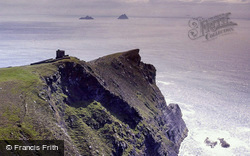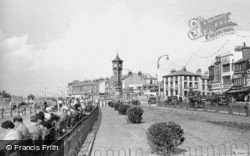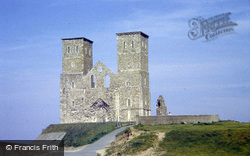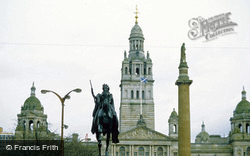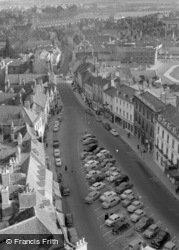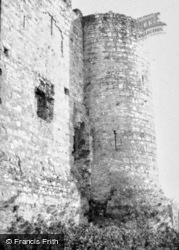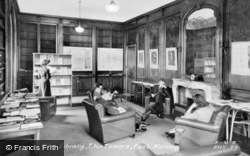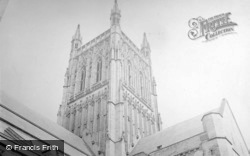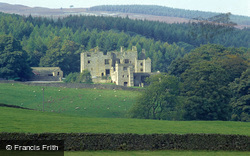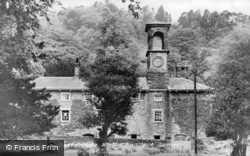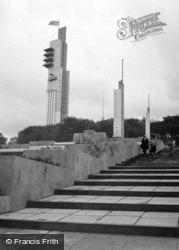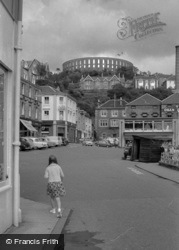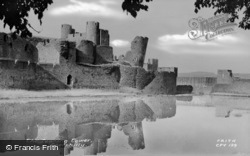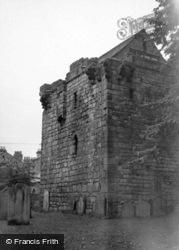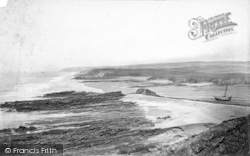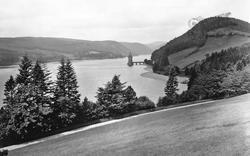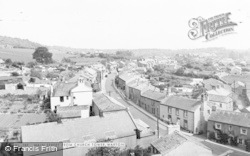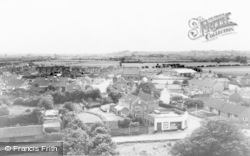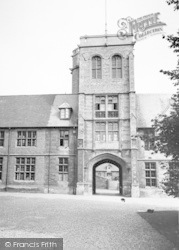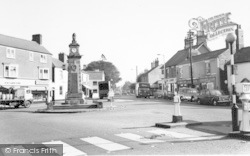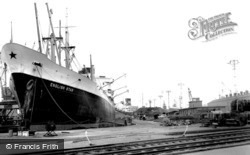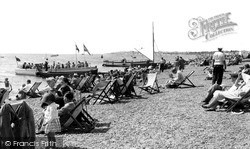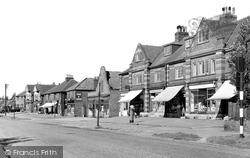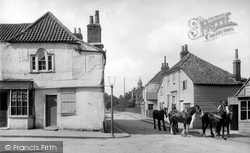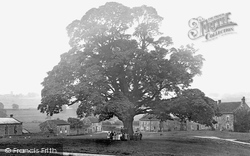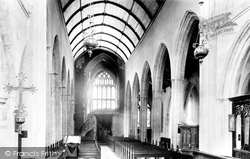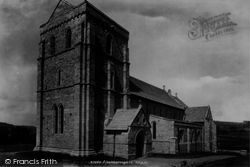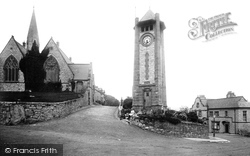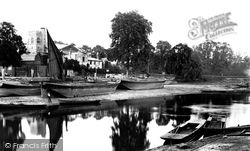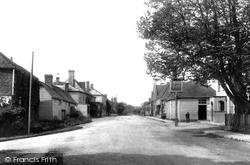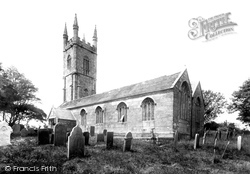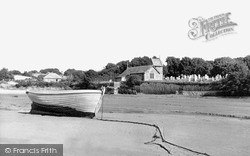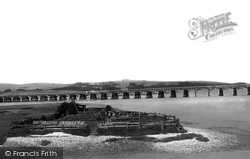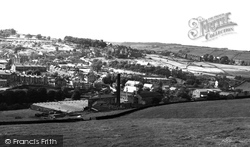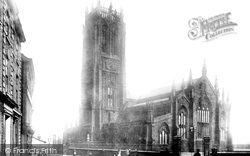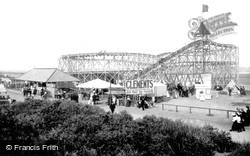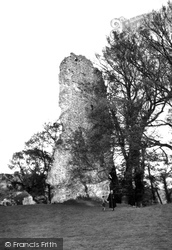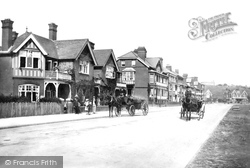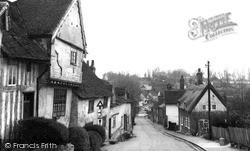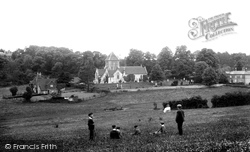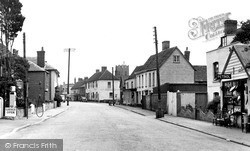Places
36 places found.
Those places high-lighted have photos. All locations may have maps, books and memories.
- Poplar, Middlesex
- Bow, Middlesex
- Bethnal Green, Middlesex
- Stepney, Middlesex
- Alton Towers, Staffordshire
- Isle of Dogs, Middlesex
- Limehouse, Middlesex
- Spitalfields, Middlesex
- Barjarg Tower, Dumfries and Galloway
- Bromley, Middlesex
- Stratford Marsh, Middlesex
- Tower Hill, Merseyside
- Tower Hill, Essex
- St George in the East, Middlesex
- Wapping, Middlesex
- Globe Town, Middlesex
- Old Ford, Middlesex
- Cubitt Town, Middlesex
- Tower Hill, Cheshire
- Tower Hill, Surrey
- Bow Common, Middlesex
- Mile End, Middlesex
- Millwall, Middlesex
- Ratcliff, Middlesex
- Warmley Tower, Avon
- Tower Hill, Hertfordshire
- Tower End, Norfolk
- Tower Hamlets, Kent
- Tower Hill, Devon
- Tower Hill, West Midlands
- Blackwall, Middlesex
- North Woolwich, Middlesex
- Hackney Wick, Middlesex
- Shadwell, Middlesex
- South Bromley, Middlesex
- Tower Hill, Sussex (near Horsham)
Photos
2,720 photos found. Showing results 1,401 to 1,420.
Maps
223 maps found.
Books
1 books found. Showing results 1,681 to 1.
Memories
637 memories found. Showing results 637 to 637.
Captions
3,036 captions found. Showing results 1,681 to 1,704.
From 1799 onwards the docks east of the Tower of London were dug, becoming one of the industrial wonders of the world and a tourist attraction!
The view is now changed, with 1960s tower blocks of flats on the skyline. Shoeburyness is now the eastern part of a 'Greater Southend'.
Much of the stone from the abbey tower was used to build the local church a century later. Beauchief Hall was also constructed from the remaining stone.
The tower in North Street belongs to the National School opened in 1874.
On the horizon is the tower of the church at Kirby Hill (left). Also in the village is the Bay Horse Inn (1857).
Displaying characteristic taste and restraint John Prichard, the diocesan architect, left the medieval tower untouched but sympathetically added a vestry and extra aisles.
There is no clock in the tower at this date; the clock was installed as a memorial to those of the parish who fell in the Second World War.
The clock tower was offered to the railway to be built by the station, but the offer was declined – so it was built by the parish church.
An ancient timber-frame building comprising a chancel, nave of four bays, aisles, south transept, and an east tower with just one bell, it had been repaired with stone during the 17th century.
Here the photographer looks towards St Mary's 14th-century church tower, with the triangular pediment of the Georgian nave, designed in 1714 by John James, to its right.
Not far outside the village are the twin towers of Sissinghurst Castle with its beautiful gardens, once home to the author Vita Sackville West.
Like its neighbour Luxulyan, this is an all-granite church, but Lanlivery has a tall pinnacled tower (97 feet) which is a local landmark that can be seen from miles away.
The low-gabled tower is oddly positioned, but the site beside the estuary is the most attractive feature.
Where London's other bridges are dignified and utilitarian, Tower Bridge, with its 'daring majesty' cocks a snook at Victorian formality.
The towering chapel of this school dominates the landscape for miles around; its position is wonderful, high above where the South Downs are cut deep by the Adur valley on its way to the sea.
The church is still there, but the Brontes would only recognise the west tower, for the remainder was demolished and rebuilt in 1880.
The church is still there, but the Brontes would only recognise the west tower, for the remainder was demolished and rebuilt in 1880.
Unusually, the tower is positioned in the middle of the frontage. Completed in 1841, the Parish Church is now at the centre of much riverside regeneration.
No doubt it looks tame to the present generation reared on the terrors of Alton Towers, but to a boy in the 1950s it was quite scary enough.
All that remains are fragments of the tower keep and the curtain wall.
In the distance is Martello Tower Q, built in 1808-10 as a defence against French invasion.
This view, looking from the church tower towards the water-splash of the Brett, shows a very different regard for timber-framed buildings from today.
The remainder of the building, with its central tower and pyramidal spire, was rebuilt by J Croft between 1861 and 1873.
The church of St Michael, in the background, was largely rebuilt in the 19th century, but the west tower dates from Tudor times.
Places (38)
Photos (2720)
Memories (637)
Books (1)
Maps (223)


